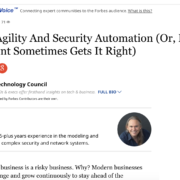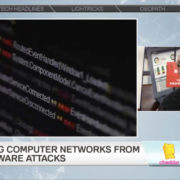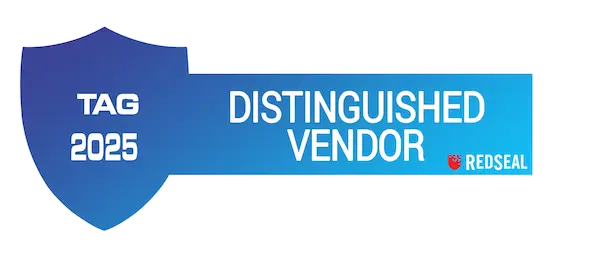Cybersecurity’s Ceiling
Dark Reading | August 14, 2017
Security spending and staffing are rising, but restrained resources are tempering market growth.
The IT security market is often painted as a non-stop growth curve with no end in sight. But many analysts who have studied market trends say despite recent increases in spending and hiring, the market paradoxically is being slowed by a shortage of resources.
In some cases, upper management is putting a cap on spending and hiring. In the recently published 2017 Black Hat Attendee Survey, most security professionals say they are increasing hiring and spending. Yet, some 71% of security professionals do not feel they have enough people to handle the threats they will face in the coming year. Fifty-eight percent say they don’t have enough budget.










